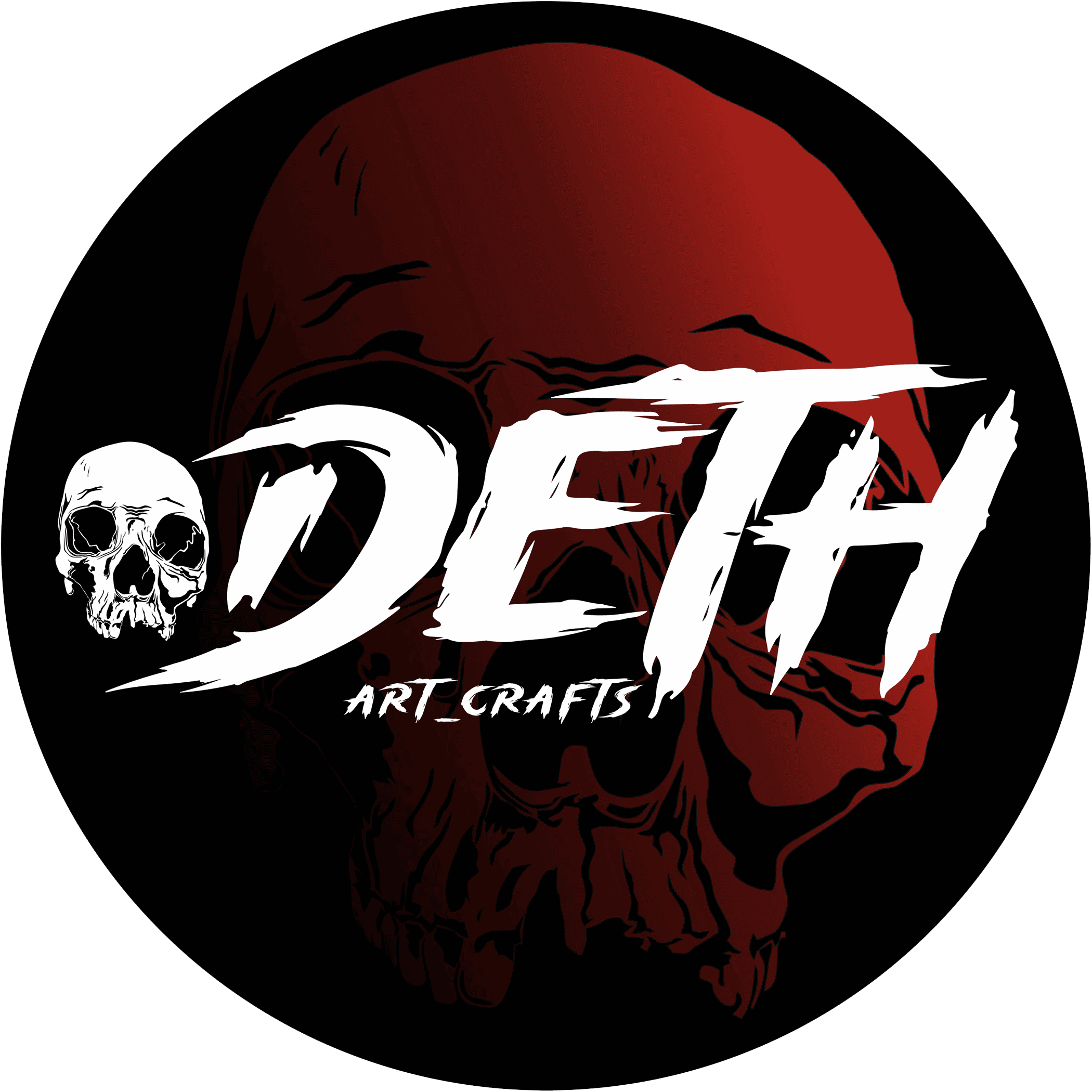The Shadow’s Feast: Exploring the Pagan Heart of Halloween

We wear its guise once a year. We cloak ourselves in velvet darkness and carved grins, embracing a night that feels both foreign and intimately familiar. But beneath the cheap polyester and sugar-rush frenzy lies a deeper, more somber truth. Halloween is not a manufactured American holiday. It is a ghost. A pale, echoing remnant of a far older, far darker tradition that understood the thinness of the veil between our world and the next.
This is the story not of a celebration, but of a threshold.
When the Veil Was Thin: The Celtic Fire Festival of Samhain
Long before pumpkins and candy corn, there was Samhain (pronounced SAH-win). For the ancient Celts, who inhabited what is now Ireland, the UK, and northern France, the year did not pivot on a solstice, but on a dichotomy – light and dark, warmth and cold, life and death.
Samhain, celebrated from October 31st to November 1st, was their New Year. It marked the final harvest and the descent into the long, bleak winter—a season intrinsically linked with death.
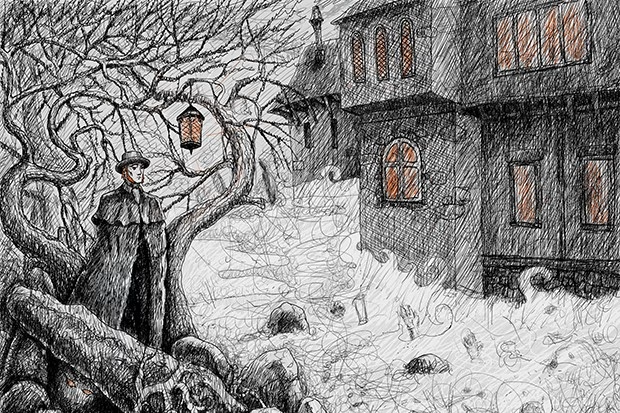
- The Thinning Veil: The Celts believed that on this night, the boundary between the worlds of the living and the dead became dangerously porous. The spirits of the departed, both benign and malevolent, could walk freely among the living.
- Sacred Bonfires: Community bonfires were the heart of the ritual. These were not beacons of joy, but protective measures. The sacred flames and smoke were meant to cleanse and ward off dark spirits. Livestock were driven between them for purification, and the bones of slaughtered animals were cast into the flames—a practice that may have given us the term bonfire.
- Offerings and Divination: Food and drink were left on doorsteps to appease wandering spirits and ensure the family’s survival through the winter. This was also a potent time for divination. The Celts sought glimpses of their future in the crackling flames, the patterns of apple peels, or the casting of nuts—practices that whisper to us still in the form of bobbing for apples.
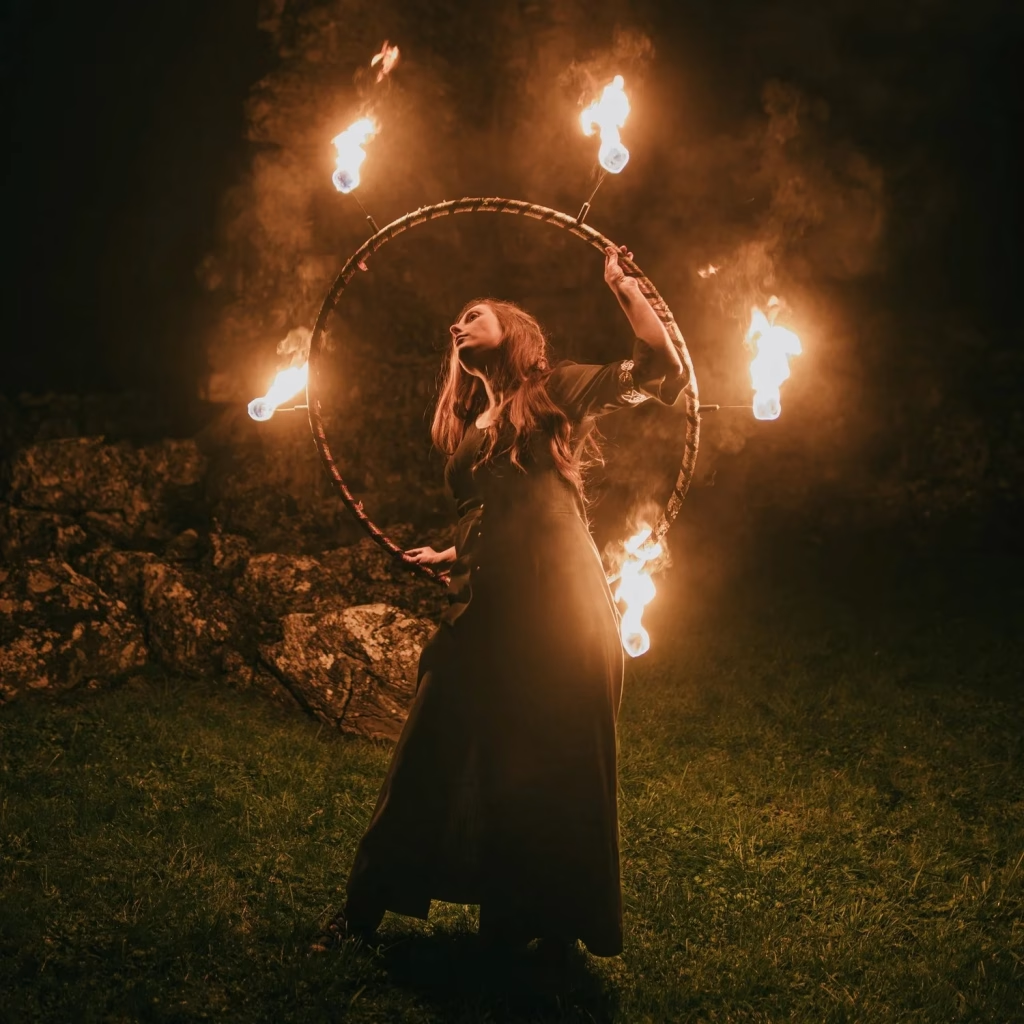
This was not a night for revelry, but for reverence, fear, and a stark acknowledgment of mortality. The darkness was not a playground; it was a cathedral of shadows.
A Christian Palimpsest: The Birth of All Hallows’ Eve
The spread of Christianity could not simply erase such a deeply rooted tradition. Instead, it attempted to overwrite it. In the 8th century, Pope Gregory III designated November 1st as All Saints’ Day, a time to honor all Christian martyrs and saints. The night before became known as All Hallows’ Eve.
The church’s holy day borrowed heavily from Samhain’s somber themes of the dead, creating a theological palimpsest—a parchment where the old pagan text still showed through the new Christian script. Elements of Samhain persisted, merging with Christian doctrine to form the early skeleton of the holiday we know.
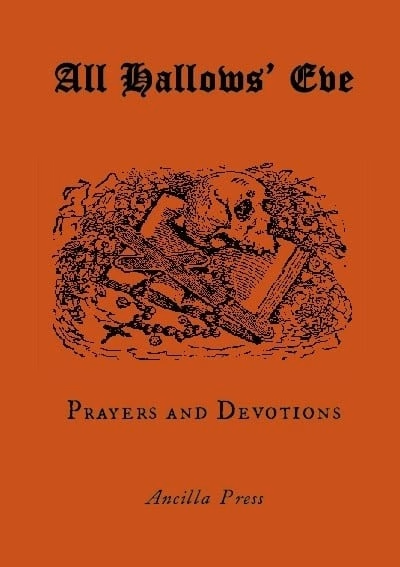
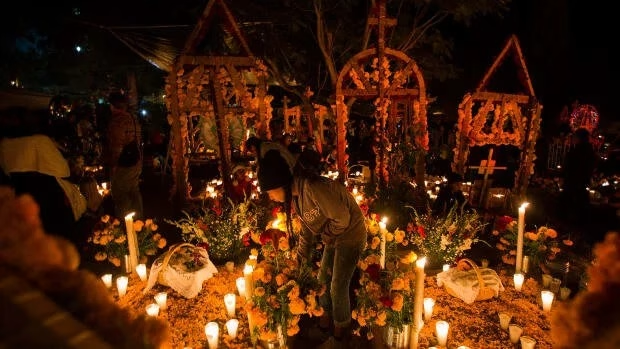
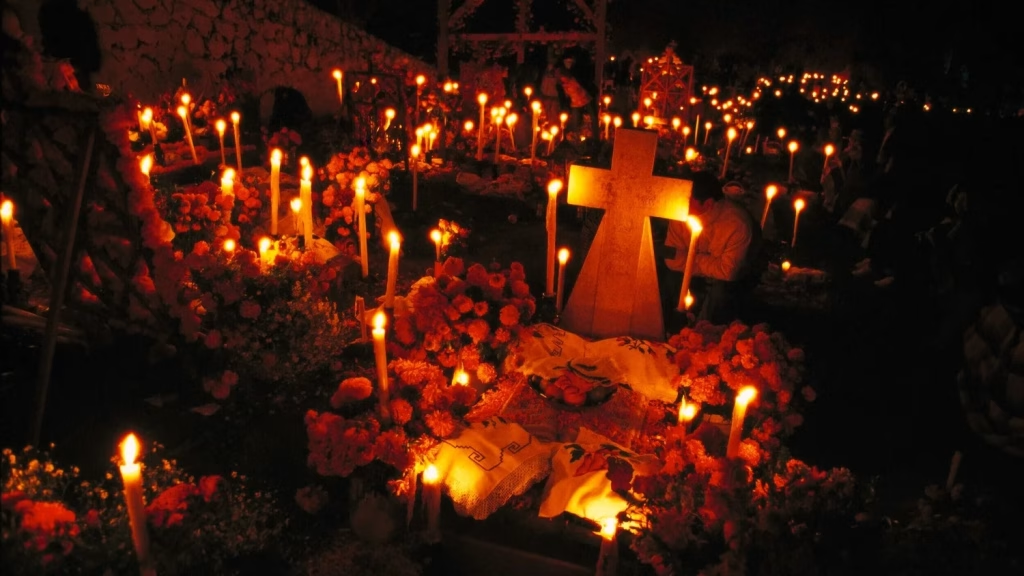
The Ghost in the Machine: How Ancient Rituals Shaped Modern Traditions
Look closely at our modern customs. You will see the ghost of Samhain in every shadow.
Costumes (Guising): The practice of “guising” stems from the Samhain fear of spirits. People, especially children, would don masks and disguises made of animal skins. The aim was to blend in with the malevolent phantoms, to be mistaken for one of them and thus, left alone.

Trick-or-Treating: This is a direct descendant of the ancient practice of “mumming” or “souling.” People with low-income would go door-to-door on All Hallows’ Eve, offering prayers for the dead in exchange for “soul cakes.” The “trick” represents the malevolent chaos that was believed to spill through the thinning veil if the spirits were not appeased.
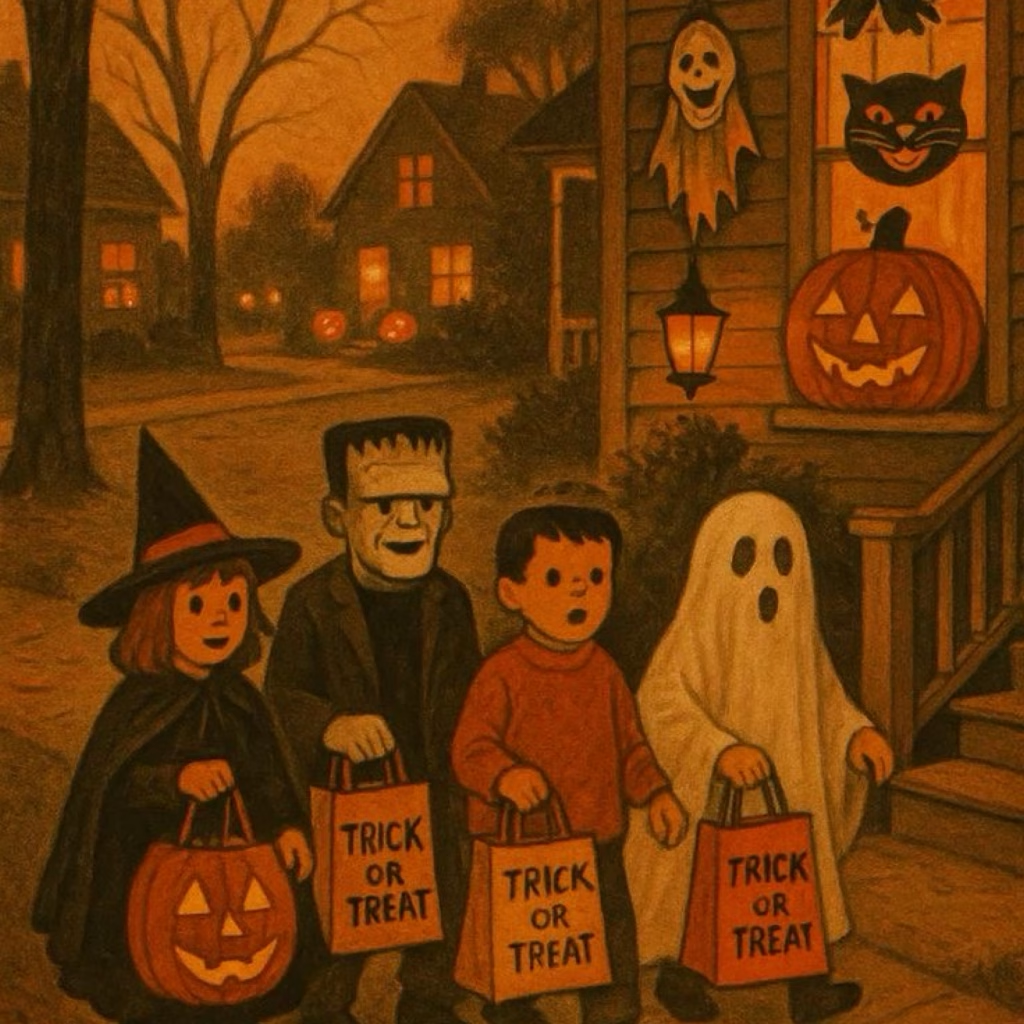
Jack-o’-Lanterns: The original lanterns were carved from turnips or potatoes in Ireland, housing an ember from the sacred Samhain bonfire. They were meant to ward off evil spirits. The legend of “Stingy Jack,” a man doomed to wander the earth with a hollowed turnip lit by a coal from hell, gave the tradition its name. The pumpkin, a New World vegetable, simply became a larger, more convenient canvas for this ancient, protective symbol.
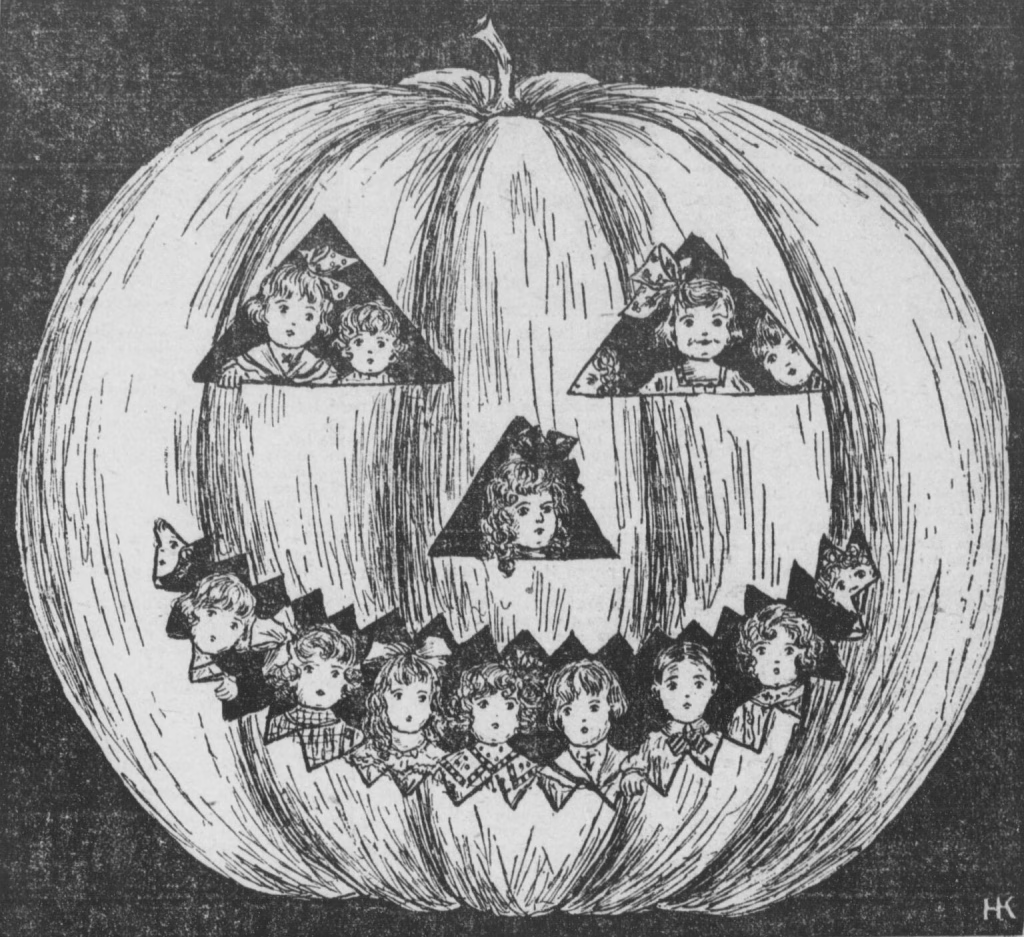
The Modern Mausoleum: Halloween’s Hollowed-Out Soul
What are we left with today? We have inherited the shell of the ritual but often forgotten its soul. Halloween has been largely commercialized, its profound connection to death and the afterlife sanitized for mass consumption.
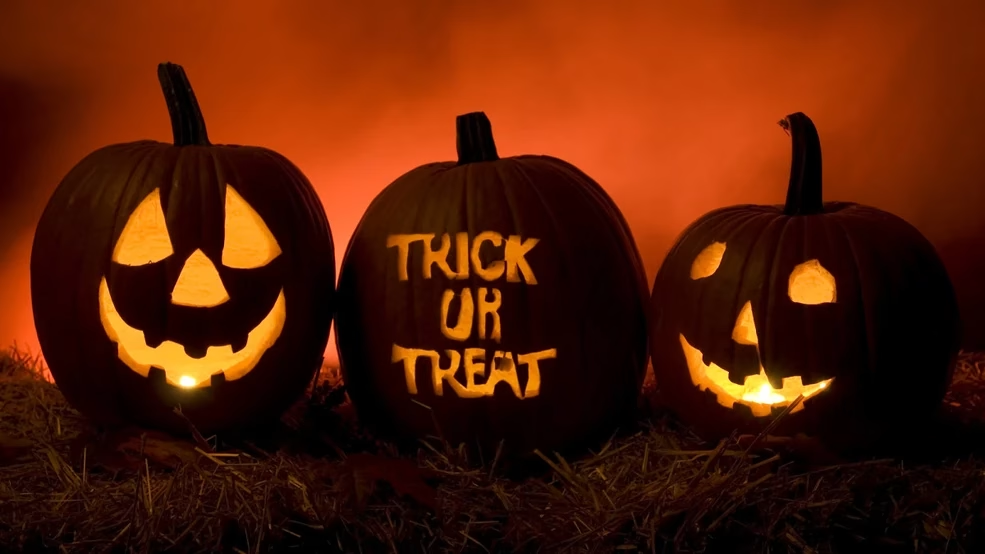
The visceral, communal fear around a bonfire has been replaced by the private, curated fear of a horror film. The offering to a restless spirit has become a transaction with a neighbor. The mask worn to evade death has become a branded superhero costume.
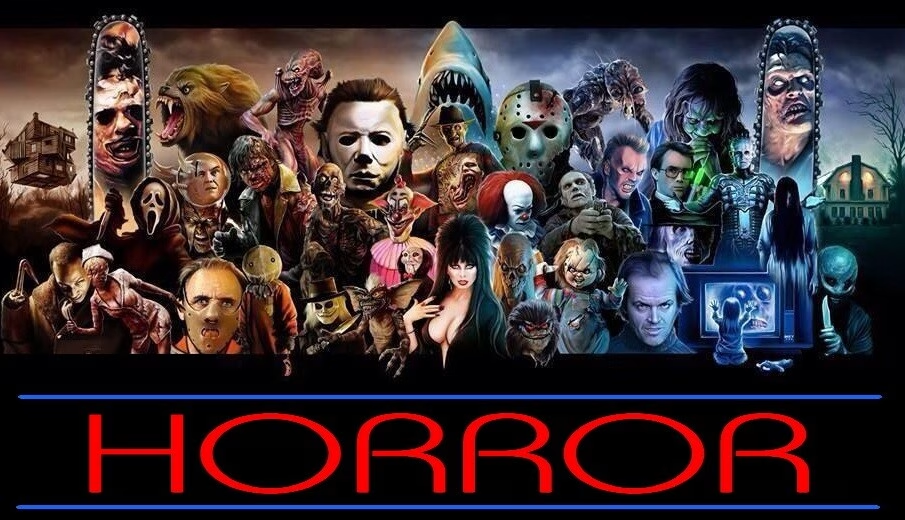
Yet, the ancient pulse still beats, faintly, beneath the surface. Why else do we gravitate towards haunted houses, if not to feel a shiver of that old, primal fear? Why do we decorate our homes with images of skeletons and ghosts, if not to engage in a pantomime of that fundamental dialogue with mortality?

Embracing the Long Dark
This Halloween, I invite you to look past the plastic and the confectionery. See the ancient, melancholic beauty at its core. This is a night that does not ask us to conquer our fear of the dark, but to sit with it. To acknowledge the harvest’s end, the coming cold, and the thin, fragile veil that separates us from all that is unknown.
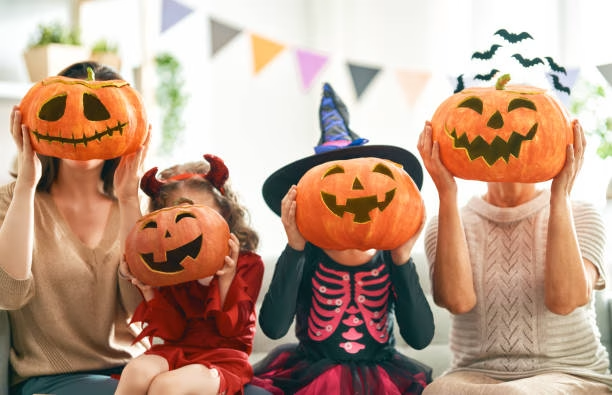
Light a candle. Carve a pumpkin. Feel the chill wind not as an inconvenience, but as a reminder. We are participating in a shadow-play that is millennia old. We are, for one night, honoring the long dark, and all the whispers it carries.
